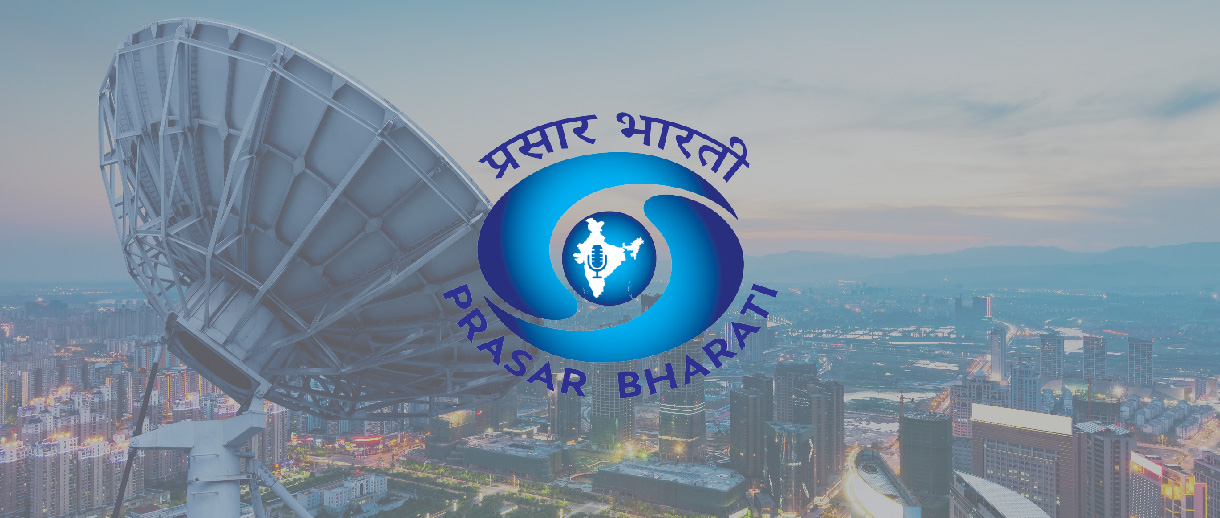
An advisory issued by the Ministry of Information and Broadcasting (“MIB”) dated October 21, 2022 (“Advisory”), has been making waves and stirring up the airwaves. The Advisory requests the ministries of the Central Government, as well as the Governments of all State and Union Territories to: (i) not enter into the business of broadcasting or the distribution of broadcasting activities (including for educational content), in the future; (ii) now perform all broadcasting activities through the public broadcaster (namely Prasar Bharati), in the event that such entities are already broadcasting any content; and (iii) extricate themselves from continuing to perform distribution activities, in the event that they are already engaged in such activities. These entities must comply with the actions listed in sub-section (ii) and (iii) above by or before December 31, 2023. This Advisory stands to impact the operations and activities of several governmental ministries and the governments in several states, including Tamil Nadu and its educational channel Kalvi TV, which currently own and operate television channels.
The Advisory draws its legitimacy from the position that activities related to “post and telegraphs, telephones, wireless, broadcasting and other like forms of communication” occupies in the Union List of the Constitution of India and, therefore, notes that only the Union Government is permitted to legislate on matters related to communication and the broadcast of content. The Advisory also cites certain recommendations issued by the Telecom Regulatory Authority of India (“TRAI”) in 2012, wherein the regulator had recommended that no government (whether that of the Union or of any state) or state government-owned entities should be allowed to enter into the business of distribution of TV channels and/or broadcasting. As per the Advisory, the TRAI drew on principles outlined in the reports by the Sarkaria Commission, the Verghese Committee and the Hon’ble Supreme Court of India in the matter of The Secretary, Ministry of Information & Broadcasting vs Cricket Association of Bengal & Anr. (1995 AIR (SC) 1236) in its recommendations and found that the demand for neither a concurrent nor an exclusive power to the states should be granted with respect to broadcasting.
The Sarkaria Commission, the ‘spirit’ of which the TRAI drew on, was constituted for the purpose of examining centre-state relationships and suggested certain constitutional reforms to address the gaps and clarify the position relating to the powers, functions and responsibilities related to economic and social planning, agriculture, financial relations, etc. And the subsequently formed Verghese Committee (as constituted by the Janta Government in 1977) was a working group created to examine and establish the autonomy of the Akashvani and Doordarshan. The Verghese Committee’s findings and recommendations included: (i) that the Akashvani and Doordarshan should function under an autonomous national trust; (ii) radio and television should operate for a public purpose; (iii) such national trust should be owned by the people and should be accountable only to Parliament; (iv) the broadcasting authority should be decentralised; and (v) its autonomy and independence from Governmental or state control should be constitutionally guaranteed.
It was only after the working group report that the Prasar Bharati (Broadcasting Corporation of India) Act, 1990 (the “Act”) was passed by Parliament, which provides for “the establishment of a Broadcasting Corporation for India, to be known as Prasar Bharati, to define its composition, functions and powers and to provide for matters connected therewith or incidental thereto”. The Act led to the creation of India’s state-owned public broadcaster, responsible for the Akashvani and the Doordarshan (and, as per the Advisory, taking over all broadcasting activities currently undertaken by central and state governments). The Act further provides for certain members of the board of the Prasar Bharati to be appointed by the President of India, which has led to some doubts and scepticism regarding the apolitical nature of the organisation, and the efficacy of having the Prasar Bharati be the conduit through which all State channels may broadcast as per the Advisory.
Further to the establishment of a public broadcaster and the need to strengthen such an entity, the Supreme Court in the Cricket Association case found that, “what is paramount is the right of the listeners and viewers and not the right of the broadcaster – whether the broadcaster is the State, public corporation or a private individual or body. A monopoly over broadcasting, whether by government or by anybody else, is inconsistent with the free speech right of the citizens. State control really means governmental control, which in turn means, control of the political party or parties in power for the time being. Such control is bound to colour the views, information and opinions conveyed by the media. The free speech right of the citizens is better served in keeping the broadcasting media under the control of public. Control by public means control by an independent public corporation or corporations, as the case may be, formed under a statute … The corporation(s) must be constituted and composed in such a manner as to ensure its independence from government and its impartiality on public issues.” In light of the judgement in this matter, the Advisory states that the Prasar Bharati “should also not be lost sight of” and, as per the TRAI’s suggestions, should be used to fulfil the broadcasting aspirations of governmental entities, while maintaining and building upon the autonomy and independence that can be offered by the Prasar Bharati and the ‘arm’s length’ relationship it enjoys from the Government.
However, it is important to note that the Advisory only ‘requests’ the named governmental entities to follow the guidelines issued by it and doesn’t mandate compliance thereto. Additionally, a noteworthy absence from the Advisory is any indication as to how this would impact the distribution of content by governmental entities over web-based broadcasting services like YouTube, Facebook and WhatsApp or even for text messages, which is increasingly being used to spread information. Interestingly, several governmental ministries (notably including the MIB) have official YouTube channels that are currently online and operational, with the MIB having uploaded content to its official YouTube page as recently as on November 8, 2022.
While the Advisory has certainly stirred up public debate, we await further clarifications and clarity from the MIB on the future state of broadcasting by governmental instrumentalities.
















